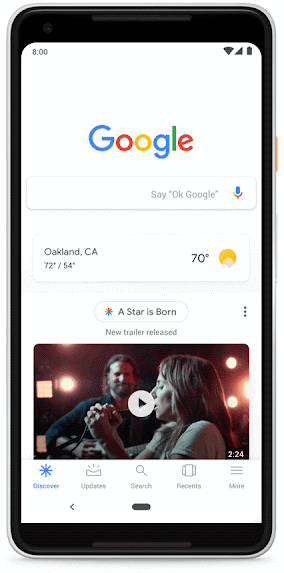30-second summary:
- Would you turn down an opportunity to acquire new customers without breaking the bank?
- Google Discover currently supports 800M users in exploration and is a great way to attract new audiences
- Joe Dawson covers the “why” and “how” in this comprehensive Google Discover optimization guide
Even though spending on SEO[1] plays such a major role in the online business sphere, most web admins spend their lives attempting to crack Google’s organic page ranking algorithms. As SEOs may or may not lose sleep over the latest updates, Google Discovery is surely a dreamy-eyed way to win more audiences.
What is Google Discover?
Discover is the brainchild that replaced Google Feed in 2018 and helps around 800M monthly active[2] users with content exploration. Discover aims to push hand-selected news and articles directly to user feeds without the need for searching. Google builds a profile of users and supplies them with content considered relevant to individual interests.
Nothing is anonymous online, and we all leave digital trails of our fundamental interests. Just as your website offers opportunities to glean first-party data[3], so does Google. With the average person estimated to make at least three to four searches per day, that’s plenty of information to harvest.

Source: Google Search Central[4]
Google plays their cards close to their chest about how they build consumer profiles. Experts believe that the following are factored into the creation of these blueprints:
- Search history unique to Google
- Browser history of websites visited
- Activity on any installed apps
- Location, assuming this information has not been barred in settings
That’s certainly enough material to understand what a user may be interested in. Much like social media targeted advertising, Google knows what

